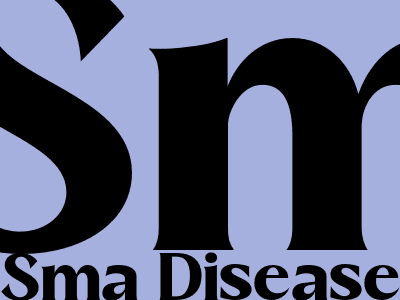SMA Disease: A Comprehensive Overview
Understanding Spinal Muscular Atrophy
Spinal Muscular Atrophy (SMA) is a group of inherited neuromuscular disorders characterized by progressive muscle weakness and atrophy. It primarily affects the lower motor neurons, leading to impaired communication between the brain and muscles.
SMA is caused by genetic mutations in the SMN1 gene, which is responsible for producing the survival motor neuron (SMN) protein. This protein is essential for the development and maintenance of motor neurons.
Types of SMA
SMA is classified into several types based on the age of onset, severity, and genetic characteristics:
- Type 0: Most severe, onset before birth, characterized by severe muscle weakness and respiratory problems.
- Type I: Onset before 6 months of age, characterized by severe muscle weakness, respiratory difficulties, and difficulty swallowing.
- Type II: Onset between 6 and 18 months of age, characterized by less severe muscle weakness and typically preserved respiratory function.
- Type III: Onset after 18 months of age, characterized by progressive muscle weakness, particularly in the legs and arms.
Symptoms of SMA
The symptoms of SMA vary depending on the type and severity of the condition. Common symptoms include:
- Muscle weakness and atrophy
- Difficulty breathing
- Difficulty swallowing
- Delayed motor milestones
- Curvature of the spine (scoliosis)
- Joint contractures
Diagnosis of SMA
SMA is diagnosed through a combination of:
- Physical examination
- Medical history
- Genetic testing
- Electromyography (EMG)
Treatment for SMA
Treatment for SMA focuses on managing symptoms and improving quality of life. There is no cure, but therapies have been developed to slow the progression of the disease and improve function.
Current treatments include:
- Nusinersen (Spinraza): A medication injected into the spinal cord to increase SMN protein production.
- Risdiplam (Evrysdi): An oral medication taken daily to increase SMN protein production.
- Zolgensma (Onasemnogene abeparvovec): A one-time gene therapy to replace the defective SMN1 gene.
Prognosis for SMA
The prognosis for SMA varies depending on the type and severity of the condition. With early diagnosis and treatment, the prognosis has improved significantly in recent years.
However, SMA remains a serious condition that can affect lifespan and quality of life. Ongoing research is focused on developing new and more effective treatments to improve outcomes for individuals with SMA.
Conclusion
SMA is a challenging condition, but advancements in diagnosis and treatment have led to significant improvements in the lives of individuals affected by this disease. Early diagnosis and access to appropriate therapies are crucial for managing symptoms and improving prognosis.

Komentar